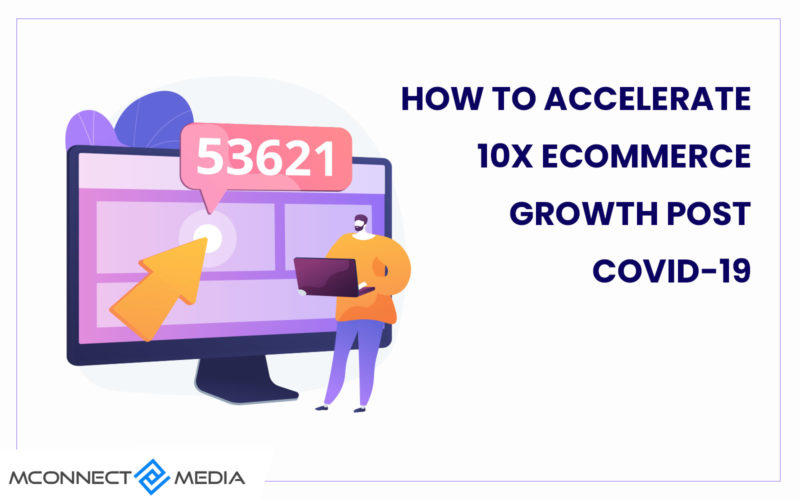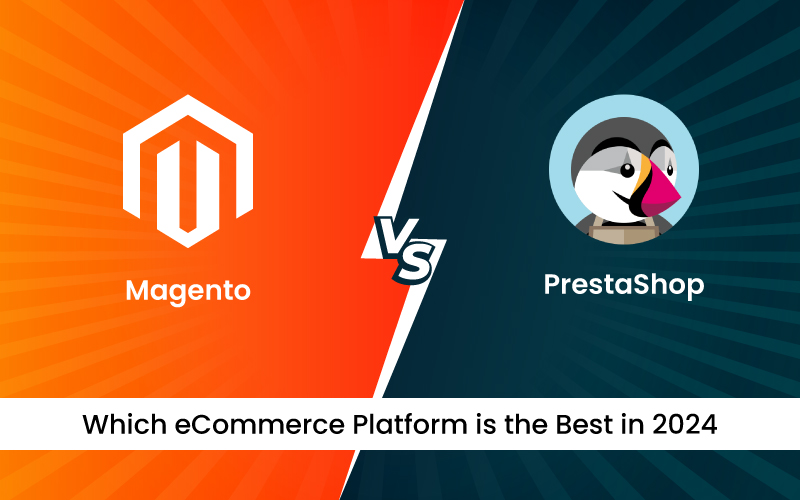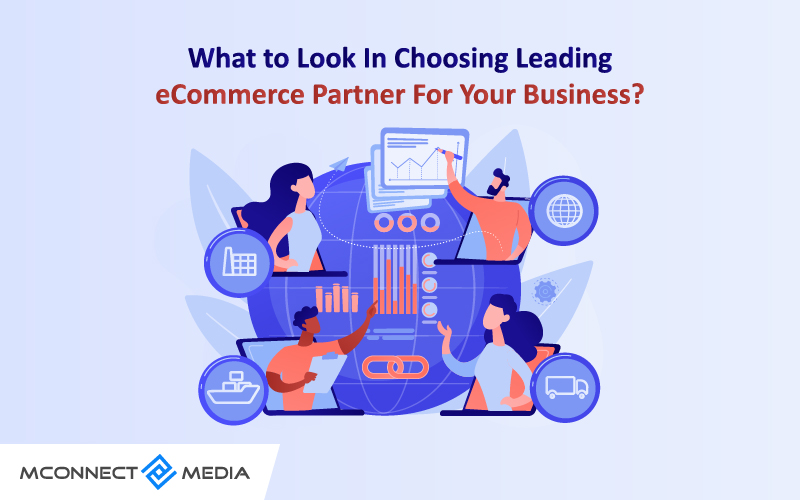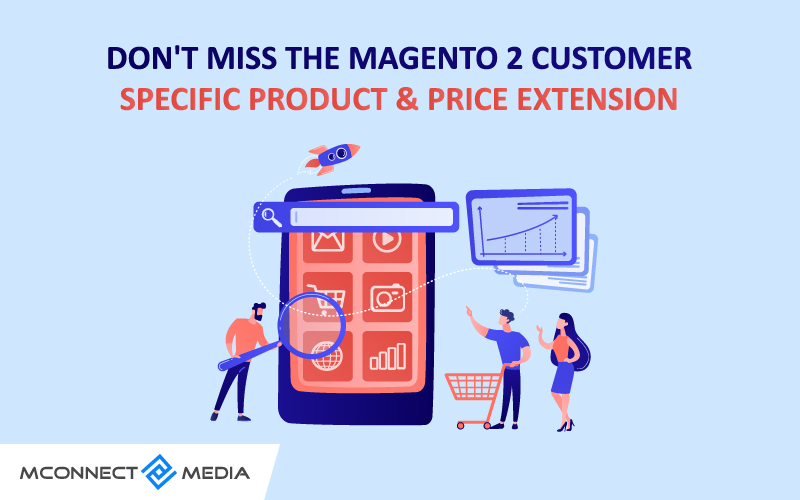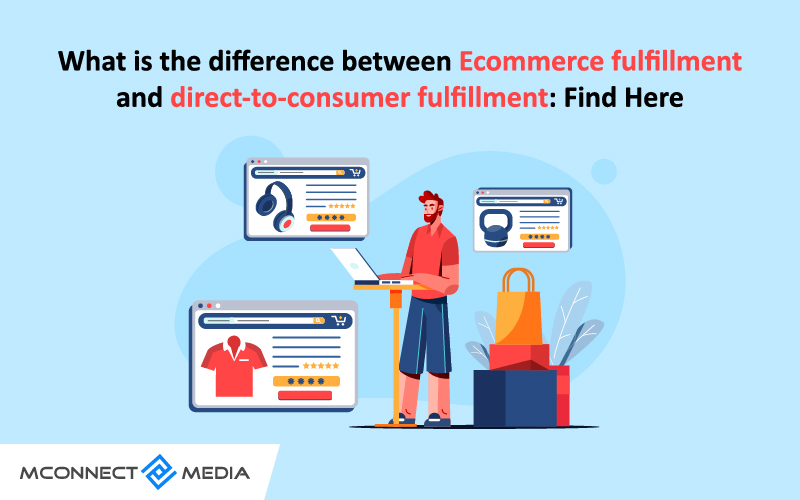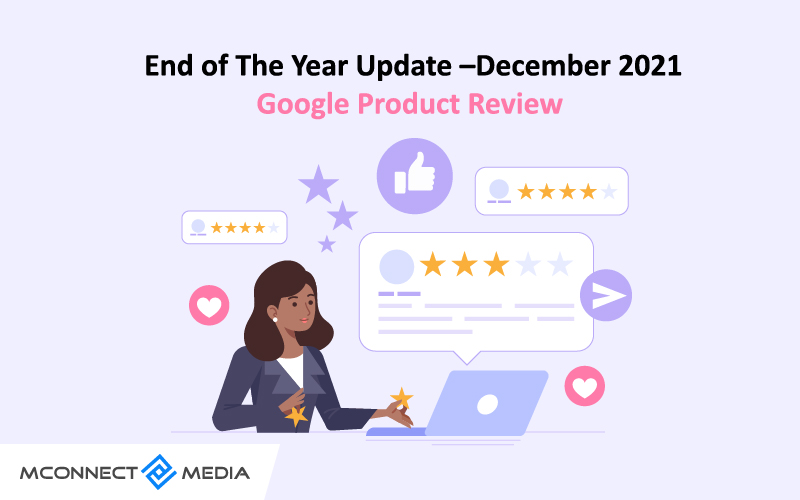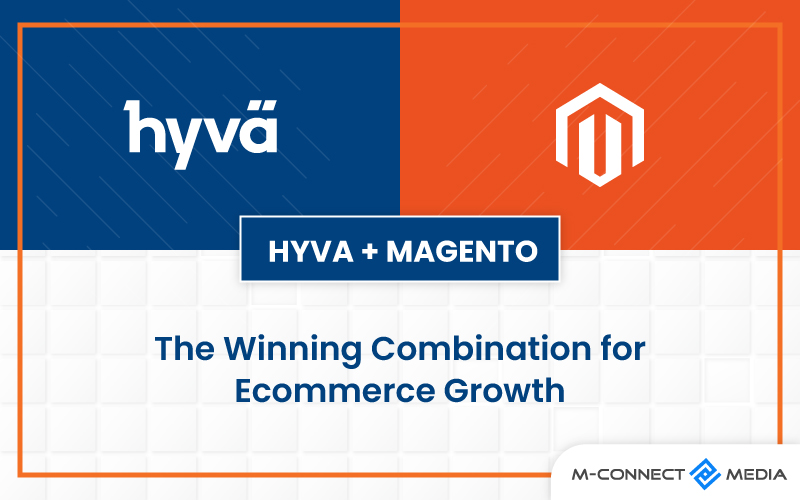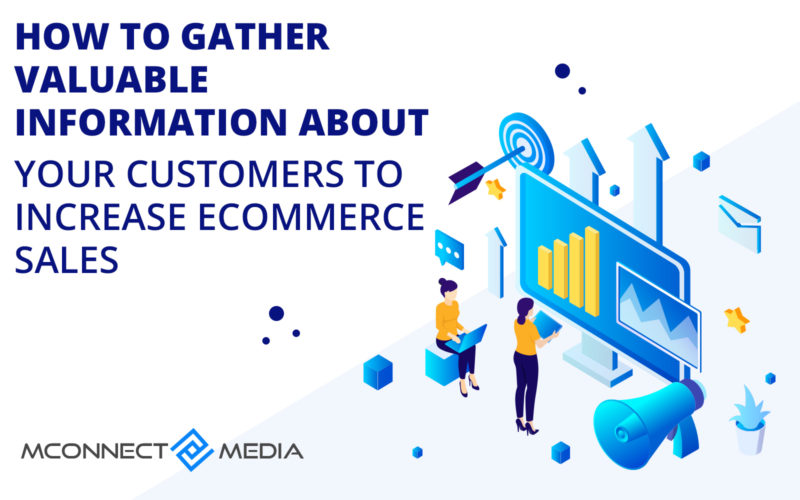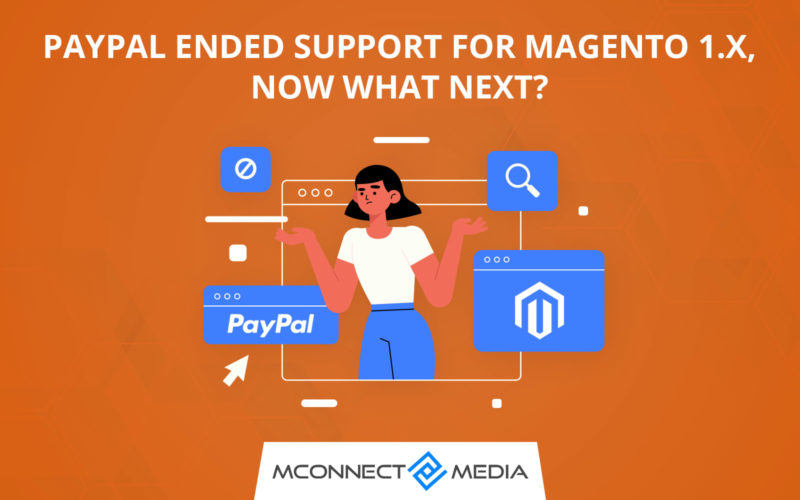While health is the key concern in a pandemic, brand across the globe have had grave concerns about the impact of coronavirus (COVID-19) on their brand, industry, and eCommerce as a whole. And B2B, B2C, and brick-and-mortar brand alike have felt the impact of coronavirus on their business in one way or another.
Traditional retail suffered greatly from pandemic measures, for example. Grocery stores were able to stay open due to the essential nature of their goods, but other stores left with negligible foot traffic if they were allowed to open at all. And with rental bills still to pay, many of the stores shuttered with little hope of ever reopening.
However, many people turned to online shopping to safely procure supplies and splurge on purchases like entertainment systems and home enhancement items to help them cope with extended isolation. And now that most countries are making serious progress in emerging from lockdown, it is one of the industry’s best positioned to benefit renewed economic activity.
If you are looking to start a new business, then becoming an online merchant is a perfectly sensible move, but given how much competition is out there, you need to think about it correctly to have a great shot at success.
This article will get you through some strong suggestions for growing a new eCommerce business as the business world recovers from COVID-19. Let’s start.
What are the ways eCommerce businesses can prepare for the aftermath of COVID-19?
To enable speed in eCommerce, companies need to get a bewildering number of things right. But we’ve found that the most important elements are particularly essential. Let’s get into it.
1. Prepare for capacity growth
By the time technology has improved and technology investments allow online retailers to handle more eCommerce traffic, it can be expensive and hard to implement. Having enough servers and bandwidth in place to accommodate growing demand takes careful planning and investment. No one wants to overestimate demand and be stuck with and wasted infrastructure, but not having enough capacity to allow the business to grow is equally deadly.
2. Pick model that meets your needs
The second and most important thing you need to make sure of is what kind of eCommerce business you want to launch. There are many methods available in the market, and you can choose according to your type of products. There’s conventional reselling whereby you negotiate with supplier, stock, some products and sell them.
There’s white-labelling selling going on the market that sees you buying generic products, customizing them slightly, and then selling them on. Most popular for first-time eCommerce sellers is dropshipping, which involves outsourcing almost every element of the retail process. All you need to do is choose the most suitable products from generic ranges, tack on your profit margins, then leave everything else to the suppliers. That depends on various things.
3. Reading consumer latest demand
Yes, and the reason you have to read consumer latest minds is that people haven’t been buying in the same ways they did before COVID-19 started to rear its ugly head and it’s unlikely that their patterns of behaviour will revert to type now that its effects are beginning to diminish. After all, it’s sure to be years if not decades before those of us who lived through it will forget how it upended lives.
Due to this, before you think about launching your store, you need to have a strong idea of what your target audience wants. Not what it wanted before all of this, but what it wants now. Some people have decided to spend more following such an enormous reminder of how short life can be, while others have opted to save their money to guard against in the future. So, what you need to do is figure out what consumers think, and you will start to define how best you can sell to them.
4. Build a strong digital customer experience
In a competitive eCommerce market where many sellers offer identical products and similar services, providing a high-quality customer experience is key that help companies stand out. Many factors go into the digital customer experience, such as an intuitive user.
High delay networks and poorly secured data can quickly undermine an otherwise well-designed customer experience. With so many options available, nobody wants to wait around for sluggish websites or payment portals. Even there will not put their data at risk if they know a company has a reputation for security breaches. Taking the time to get the foundational infrastructure right will make it easier for an eCommerce business to grow in the future.
5. Optimize your website and offer live chat
The most important thing to consider while preparing your business after a pandemic has a stable and seamless website. You need to make sure your website is as responsive as possible and accessible on a wide array of devices, whether it’s a smartphone, tab, or computer device. You have to enhance your website’s speed and make sure it’s extremely easy to use no matter the device the user is using to view it. You have to also keep in mind that most users your website will receive is from mobile.
While shopping is gathering product information, any customer expects answers to their questions right away. If they can’t get a quick answer, they will likely move on to another online store. Live chat is almost equivalent to in-store customer service due to its ability to bring the benefits of human interactions. It adds a human touch to digital shopping. Most importantly, it can be done remotely.
Will eCommerce’s Popularity Continue Increase?
The pandemic has motivated irreversible changes in customer shopping, a firm move towards eCommerce that’s likely to continue in the post-Covid world. The pandemic has made it necessary for even those who may prefer to buy in-store to do their shopping online, and many of those people have realized the benefits of eCommerce. It seems likely that eCommerce’s enhancing popularity will continue long after memories of the pandemic have faded.
Path Forward
To conclude, so far, eCommerce has tremendously great during the COVID-19 and stands to do similarly well as the world recovers from it, but if you want to enjoy the benefits for yourself, you need to put in serious effort to follow the steps we have set out here. eCommerce transformation will require significant investment and commitment from retailers to create sustainable, efficient capabilities.
Need help in setting your eCommerce business post-COVID-19? M-connect Media can help you as we have settled many eCommerce stores with the help of our eCommerce experts. Consult our eCommerce team and discuss your needs. Contact us for more information.


